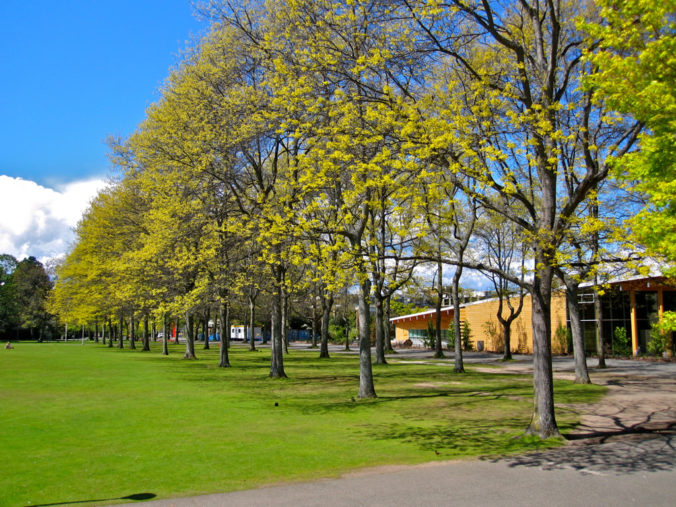Reviewing Group B
https://sites.google.com/view/chatgpt-the-basics/home
Course Overview
- I like the embedded links, which are easy to navigate.
- Simple layout while also giving a few words on where to find each item.
Learning Theory & Design
- Great explanation of each learning theory used and how and why you have chosen it.
- I like the short summary at the beginning with a ‘spark note’ version of what is used for the course and then being able to read more in depth in the subsections.
- Good use of references for information, I can tell you really looked into the subjects.
- The graphic in Learning Design helps a lot to visualize the process of inquiry based learning.
Learning Context & Design for Inclusion
- The use of examples of the learning context helped to see how this course could fit into different environments and the different resources used for each.
- Really like that you listed out the potential barriers and how those can be remedied or adapted.
Learning Outcomes
- Good short straight to the point outcomes of the course
- I like the lists of what will be evaluated and analyzed
Assessment Plan
- Very well laid out and clear to read through, I like that the percentage of what each task is worth is listed out and that you have the grading scale there for quick reference.
- I like the use of having the learning outcomes listed and then the rationale for each, helps understand why each task is there and why.
General Feedback
- Going through the course outline sections:
- Really like the buttons at the bottom of the pages to move back and forth through the sections
- Very easy to read and understand sections, with a simple clean background
- I like the ‘try yourself’ sections at the end of sections – help keep me engaged in the learning
- Great use of graphics in the Architecture and Functioning section
- Good break down of information using lists
- At time of review (June 21st) sections 5 onwards are not yet completed, keep up the good work and follow the same style
- I enjoyed how the 7 sections were broken down into smaller chunks, helps to not get overwhelmed when looking at too much information at once
- I like the use of graphics throughout, maybe adding in some videos could also break up the amount of read the learner has to do
- As someone not very tech/computer/AI inclined, this was a cool, very easy to understand course and I definitely learned something new!

Recent Comments